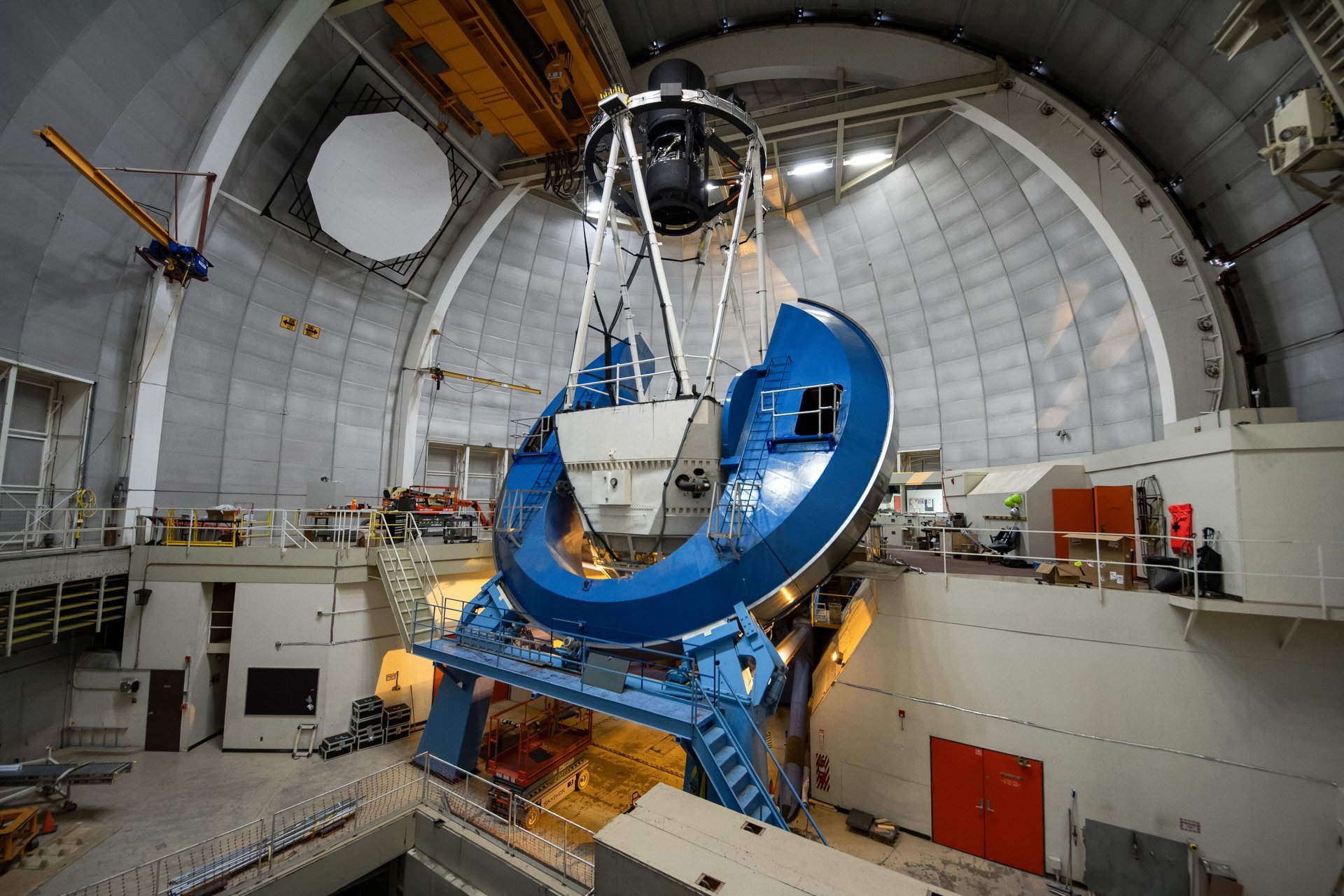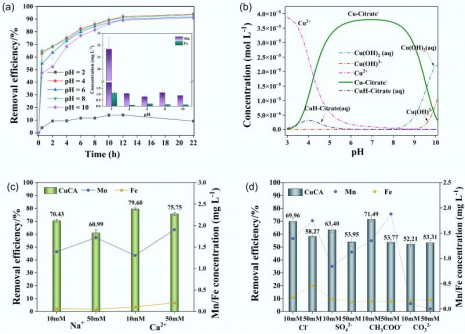In March 2024, the Dark Energy Spectroscopic Instrument (DESI) collaboration presented compelling evidence suggesting that dark energy may be weakening over time. This finding, while not definitive, marks a significant shift in cosmological research and has the potential to reshape our understanding of the universe. The results stem from an extensive analysis involving a galaxy survey that has already cataloged over 13 million galaxies, with ambitions to reach 50 million.
DESI, located at Kitt Peak in southeastern Arizona, employs a four-meter telescope equipped with advanced technology to conduct its survey. The telescope operates using 5,000 robotically controlled fiber optic cables that meticulously align with the positions of galaxies in selected patches of the night sky. Each night, the telescope records detailed information about these galaxies, contributing to what is now the largest and most comprehensive survey of its kind in history.
The survey builds on the foundation laid by the Sloan Digital Sky Survey, which relied on human effort to move fiber optic cables. While DESI’s approach is more efficient, it still represents less than 1% of the total number of galaxies in the observable universe. Nevertheless, the data collected is invaluable for understanding cosmic structures.
One of the key findings from the DESI analysis involves baryon acoustic oscillations, commonly referred to as BAO. These oscillations originated in the early universe when it was much smaller, hotter, and denser than today. As the universe expanded, sound waves propagated through the primordial plasma, creating regions of varying density. When the universe cooled enough for light to escape, these sound waves became “frozen” in place, leaving behind a structured pattern of matter.
Currently, the BAO features are observable as shells of matter approximately 800 million light-years in diameter. The significance of these shells lies in their potential as a “standard ruler” for measuring cosmic distances. Researchers can compare the expected size of these shells, based on the cosmic microwave background, to how they appear in the present-day universe. This comparison is crucial for refining our cosmological models.
The latest findings from DESI indicate that the sizes of the BAO shells do not align perfectly with existing cosmological predictions. This discrepancy suggests that dark energy may not be constant but could be evolving. Given that dark energy is a mysterious force driving the universe’s acceleration, this possibility opens new avenues for exploration in cosmology.
The implications of these discoveries could be profound, prompting scientists to reassess existing theories about the universe’s expansion. As DESI continues its work, the collaboration aims to push the boundaries of our understanding even further, shedding light on the fundamental forces at play in the cosmos.
With the ongoing analysis and the potential for new discoveries, the cosmological community eagerly anticipates the insights that will emerge from the DESI project. As the survey progresses towards its goal of cataloging 50 million galaxies, the findings will undoubtedly contribute to a richer understanding of the universe and the forces that govern it.







